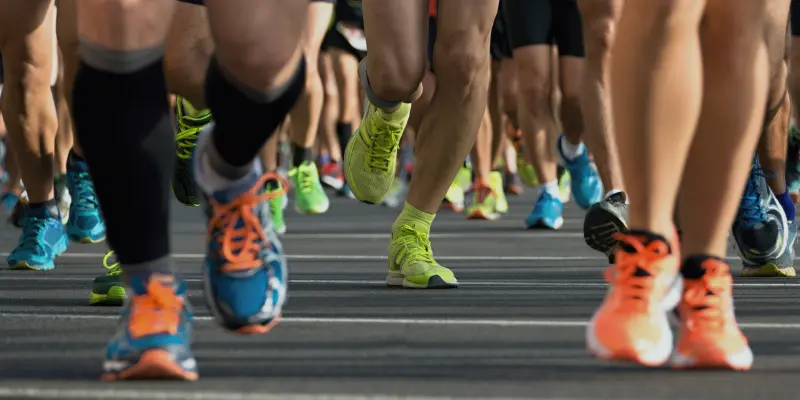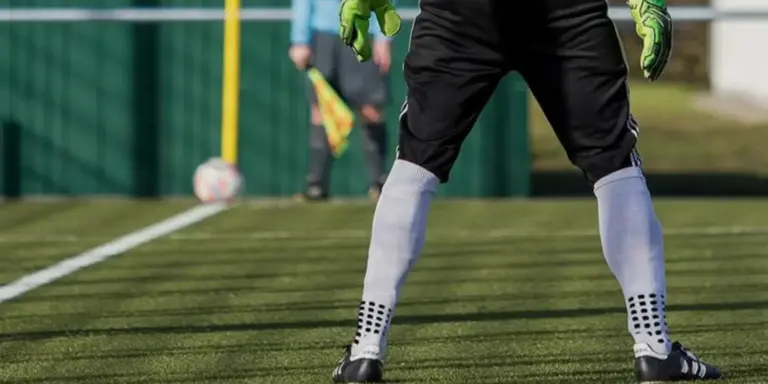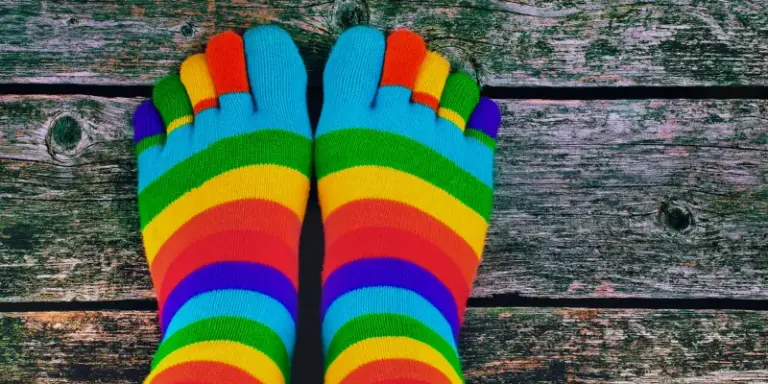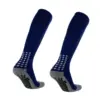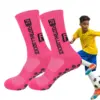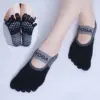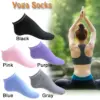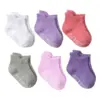Choosing Running Socks: A Runner’s Guide
Get this: the worldwide market for athletic socks is set to hit a whopping $17 billion by 2027! Exciting, right? As a runner, the socks you choose can make a significant difference in your comfort, performance, and overall running experience. In this comprehensive guide, we’ll explore the importance of choosing Running Socks and provide you with the essential insights to make informed choices.
Key Takeaways
- The global athletic socks market is expected to reach $17 billion by 2027, highlighting the importance of proper sock selection for runners.
- Choosing Running Socks properly can enhance comfort, prevent blisters, and improve overall performance.
- Understanding the key factors, such as fabric, cushioning, and compression, is crucial when choosing the right running socks.
- Investing in high-quality, moisture-wicking, and breathable running socks can make a noticeable difference in your running experience.
- Considering your individual needs, such as foot shape and running terrain, can help you find the perfect pair of running socks.
Understanding the Importance of Proper Running Socks
Choosing Running Socks is a crucial component of a runner’s gear. Beyond simply keeping your feet covered, the socks you choose can have a significant impact on your overall comfort, performance, and even injury prevention during your runs.
Moisture Management and Blister Prevention
One of the primary functions of running socks is to effectively manage moisture. Sweaty feet can lead to the formation of blisters, a common and often painful issue for runners. Moisture-wicking socks made from breathable fabrics like merino wool or synthetic materials help draw sweat away from the skin, keeping your feet dry and reducing the risk of blister development.
Enhancing Comfort and Performance
In addition to moisture management, the right running socks can also enhance overall comfort and performance. Cushioned socks featuring targeted padding in high-impact areas, such as the balls of the feet and heels, can offer additional shock absorption and support. This can help reduce the strain on your feet and legs, allowing you to run more comfortably and potentially for longer distances.
Furthermore, socks with compression features can promote improved circulation and muscle support, potentially reducing fatigue and aiding in post-run recovery. The combination of moisture-wicking, cushioning, and compression properties in a well-designed running sock can make a significant difference in your training and race experiences.
“Investing in a quality pair of running socks can be the difference between a comfortable, blister-free run and one filled with discomfort and pain.”
Ultimately, understanding the importance of proper running socks is essential for all runners, from beginners to seasoned veterans. By prioritizing moisture-wicking, breathable fabric and features like cushioning and compression, you can take a significant step toward enhancing your overall running experience and performance.
How to Choose Your Socks If You Are a Runner
As a runner, selecting the right socks can significantly impact your comfort, performance, and overall running experience. When it comes to choosing the perfect pair of running socks, there are several key factors to consider. Let’s explore the essential elements that can help you make an informed decision.
Fabric and Material Types
The fabric and material of your running socks play a crucial role in their performance. Some of the most common and effective materials include:
- Merino Wool – Known for its natural moisture-wicking properties, merino wool helps regulate temperature and prevent blisters.
- Synthetic Fibers – Fabrics like polyester, nylon, and spandex offer excellent breathability, durability, and stretch for a comfortable fit.
- Blended Fabrics – Combining natural and synthetic fibers can create socks that offer the best of both worlds, balancing moisture management and cushioning.
Cushioning and Compression Features
The degree of cushioning and compression present in your running socks can exert a notable influence on both your comfort and performance. Consider the following:
- Cushioning – When selecting socks, it is advisable to seek out those with focused cushioning designed for high-impact areas, such as the heel and forefoot. This targeted cushioning serves to absorb shock and enhance overall comfort.
- Compression – Compression socks apply gentle pressure to your feet and lower legs, helping to improve blood circulation and reduce muscle fatigue.
| Sock Feature | Benefits |
|---|---|
| Cushioning | Improved shock absorption, enhanced comfort, and reduced risk of blisters and other foot injuries. |
| Compression | Enhanced blood flow, reduced muscle fatigue, and improved recovery times. |
By considering the fabric, cushioning, and compression features of your running socks, you can find the perfect pair to support your feet and enhance your overall running experience.
Key Factors to Consider When Selecting Running Socks
When it comes to running, the right socks can make a significant difference in your comfort, performance, and overall experience. As you embark on your search for the perfect running socks, there are several key factors to consider, including the fabric and material types, as well as the cushioning and compression features.
Fabric and Material Types
The fabric and material composition of your running socks play a crucial role in moisture management and breathability. Look for moisture-wicking fabrics, such as synthetic blends or merino wool, which are designed to draw sweat away from your skin, keeping your feet dry and comfortable during your runs.
Cotton and other natural fibers have a tendency to absorb moisture, potentially causing discomfort and blisters. Synthetic materials, such as polyester or nylon, offer excellent durability and quick-drying properties, making them a popular choice for active wear.
Cushioning and Compression Features
The level of cushioning and compression in your running socks can greatly impact your comfort and performance. Cushioned socks provide increased padding in key areas, such as the balls of the feet and heels, helping to absorb the impact of each stride and reduce the risk of foot fatigue and pain.
Compression socks, on the other hand, apply gentle pressure to the lower legs, which can help improve blood circulation, reduce muscle fatigue, and prevent swelling. This can be particularly beneficial for long-distance runners or those recovering from injury.
When selecting your running socks, consider the type of terrain you’ll be tackling, the intensity of your training, and your personal preferences to find the perfect balance of cushioning and compression for your needs.
| Fabric and Material Type | Benefits |
|---|---|
| Synthetic Blends (Polyester, Nylon) | Moisture-wicking, quick-drying, durable |
| Merino Wool | Moisture-wicking, temperature-regulating, odor-resistant |
| Cotton | Soft, comfortable, but absorbs moisture |
” Choosing the appropriate footwear can improve foot comfort and play a significant role in maximizing performance during physical exercise.”
By carefully considering the fabric, material, cushioning, and compression features of your running socks, you can find the perfect pair to support your active lifestyle and help you achieve your fitness goals.
Conclusion
In this comprehensive guide, we have explored the crucial role that running socks play in enhancing the comfort, performance, and overall well-being of runners. From understanding the importance of moisture management and blister prevention to identifying the key factors to consider when selecting the right running socks, this article has provided valuable insights to help runners make informed choices.
By considering factors such as fabric type, cushioning, and compression features, runners can now select socks that not only protect their feet but also optimize their running experience. Remember, the perfect pair of running socks can make all the difference, helping to prevent discomfort, reduce the risk of injury, and ultimately improve your overall running performance.
As you embark on your next running adventure, apply the knowledge gained from this article and choose the running socks that best suit your individual needs. Investing in the right socks can be a game-changer, elevating your running experience and helping you achieve your fitness goals with greater ease and enjoyment.
FAQ
Why are proper running socks important for runners?
Choosing Running Socks is essential for runners to manage moisture, prevent blisters, and enhance overall comfort and performance during workouts and races. The right socks can help wick away sweat, cushion high-impact areas, and provide compression for better blood flow and muscle support.
What are the key features I should keep in mind when choosing the perfect pair of running socks?
When selecting running socks, consider factors such as the fabric and material, cushioning features, and compression capabilities. When selecting appropriate athletic wear, consider opting for moisture-wicking materials such as merino wool or synthetic blends, along with sufficient cushioning in high-friction regions and graduated compression for enhanced circulation.
How do I choose the right size and fit for my running socks?
Proper fit is crucial for running socks. Make sure to choose a size that fits snugly without being too tight, and ensures there is no excess fabric that could bunch or cause irritation. Pay attention to the sock’s length, as well as the cushioning and compression levels, to ensure a comfortable and supportive fit.
What are the benefits of wearing compression socks for runners?
Compression socks can provide several benefits for runners, including improved blood flow, reduced muscle fatigue, and enhanced recovery. The graduated compression helps promote venous return, which can alleviate swelling and speed up the body’s natural healing process.
How often should I replace my running socks?
The frequency of replacing running socks depends on factors such as the level of use, the quality of the socks, and the presence of any visible wear or damage. As a general guideline, it’s recommended to replace your running socks every 6-12 months or when you notice a significant decrease in the sock’s performance or comfort.
With this guide to choosing Running Socks cloud visit our store to buy the best.

